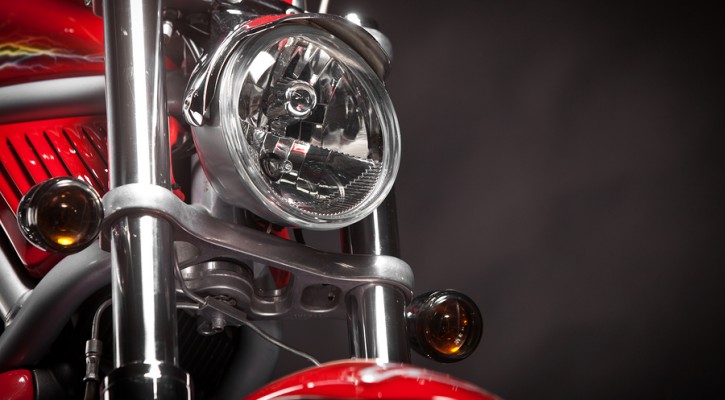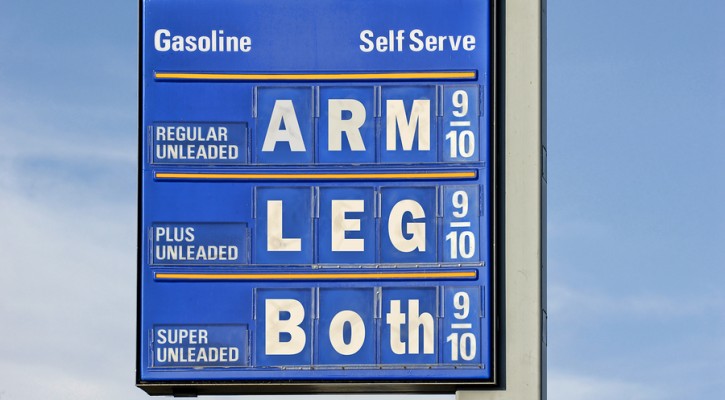
Higher Gas Prices Create Safer Roads
July 8, 2014
As gas creeps up to $4 per gallon, we’re all feeling the pain in our wallets. However, there’s one positive aspect to this painful trend: safer roads.
That’s right. As the gas prices go up, car accidents go down. Why? Well, there are several reasons why gas prices and safer roads go hand-in-hand.
Less Driving
The more gas costs, the less people drive. Instead, they walk, bike and use public transportation. They stay home for dinner instead of driving in circles looking for a place to eat. They take fewer road trips and scenic cruises. They save their precious gas for the most basic and essential tasks, such as commuting to work or school.
This simple money-saving solution clears the way for safer roads. When more people limit their driving, there is less traffic. When there is less traffic, there are fewer collisions.
Teens Drive A Lot Less
Teens often have too much time and too little money on their hands. When gas prices are low, cruising around with friends can be a fun pass time.
However, teen drivers are risky drivers. They are more likely to be involved in an auto accident than experienced drivers. So when gas prices soar too high for the average teenage income (which is usually pretty low), younger drivers tend to drive less. Since there are fewer high risk drivers on the road, there are fewer accidents.
Hyper-miling and Driver Safety
Hyper-miling is a driving tactic that increases fuel efficiency. Hyper-milers drive slower, accelerate and decelerate more gradually, keep a safer following distance, and avoid areas with lots of intersections and traffic. All these gas-saving tactics are also great safe-driving habits.
It’s nice that higher gas prices are creating safer roads. Hopefully this trend will also create safer driving habits for the long run, because nobody wants to pour all their money into their gas tank.
In the mean time, feel free to complain about fuel costs while enjoying the collision-free commute.

Scooters, Mopeds and Motorbikes, Oh My!
July 7, 2014
Motorcycles aren’t the only engine-powered two-wheelers on the road. Scooters and mopeds have been around for years, and innovative motorbikes are becoming popular in many cities across the U.S. The variety of vehicles available today leaves many motorists wondering where they stand legally.
Do you need a motorcycle license for a scooter, moped or motorbike? Do you need insurance, registration and license plates? What about a helmet? The short answer is: it all depends on where you live.
Each state has its own laws regarding scooters, mopeds and motorbikes. Even the definitions vary widely, with some states lumping scooters and mopeds together, while others consider scooters and motorcycles to be in the same category. Then there’s electric and gas-powered motorized bicycles, which many states are still figuring out how to regulate.
There are a few websites out there to help motorists wade through this two-wheeled gray area. Moped2.org and mopedarmy.com have some helpful information for a quick reference. However, to know what the law is in your specific state it’s best to consult DMV.org.
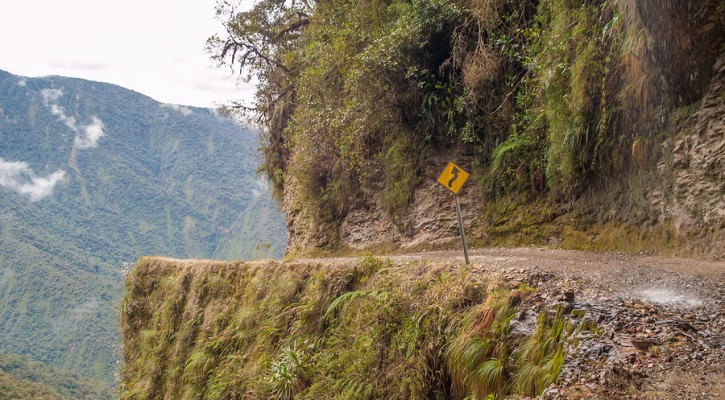
Most Dangerous Roads in America
July 6, 2014
The World’s Most Dangerous Roads include Bolivia’s “Death Road”, the Trans Siberia “Ice Road”, China’s “Road of No Mistakes”, and Brazil’s “Rodovia da Morte”. These infamous highways are known for their treacherous conditions and the lives that they take each year.
The World Health Organization’s 2013 status report on road safety added three American highways to the list of the World’s Most Dangerous Roads. These highways include Alabama’s “Highway to Hell” (yes, it’s a real place), Alaska’s James Dalton Highway, and the Pan American Highway.
The Highway to Hell
U.S. Route 431, a 353 mile stretch of road running from the Alabama-Tennessee line down to Dothan, Alabama, claims the lives of more than 33,000 people per year. Why? The main hazards include poor visibility, speeding and sudden 2-4 lane changes. This killer combination becomes even more deadly with poor decision making, such as driving blindfolded. FYI, it is now officially illegal to drive blindfolded in Alabama. Seriously. Look it up.
The James Dalton Highway
The James Dalton Highway, aka “Haul Road”, kills roughly 2,889 drivers annually. That might not sound like a lot, but considering that it’s more than 300 miles north of the North Pole, there’s not exactly a lot of traffic up in these parts.
The road passes through boreal forests, across the Yukon river and the Arctic Circle, over the Brooks Range mountains, the Continental Divide at Atigun pass, and then through the tree-less North Slope tundra to the Deadhorse and the Prudhoe Bay oilfields near the Arctic Ocean.
Along the way, vehicles often get stranded due to killer pot holes, icy accidents and flat tires. Gravel portions are infamous for kicking up debris and cracking windshields. In the spring and summer, drivers are advised to keep spare windshield wipers and several gallons of windshield wiper fluid handy for insect swarms. And, to top it all off, there’s no cell phone service, so it’s best to keep a satellite phone or CB radio handy when driving this treacherous highway.
They say the views are spectacular, though.
The Pan-American Highway
Aka the World’s Longest Road, this highway is actually a network of roads about 30,000 miles in length. It connects nearly all the mainland nations of the Americas, running from Alaska down to Argentina.
The writer Jake Silverstein put it best when he described the highway as “a system so vast, so incomplete, and so incomprehensible it is not so much a road as it is the idea of Pan-Americanism itself”.
The most hazardous road conditions include high temperatures, landslides, steep drop-offs, livestock crossings and impassable sections during the wet season.
These life-threatening commutes are not for the faint of heart, and certainly not for novice drivers. They have joined the list of The World’s Most Dangerous Roads, so think twice before turning down one of these highways.
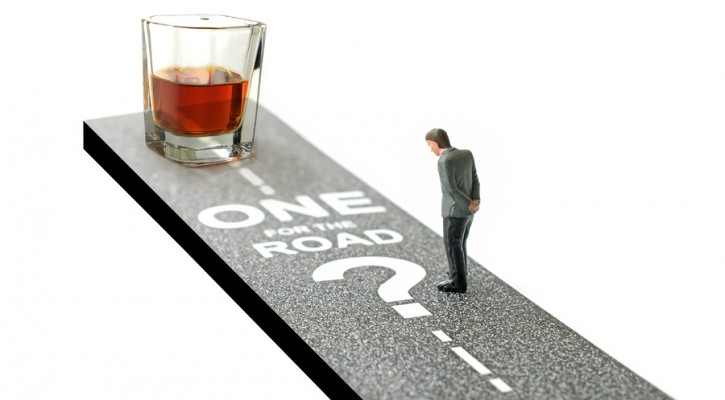
A Solute to the Designated Driver
July 2, 2014
The Designated Driver is an honorable breed. These awesome people make the roads a safer place and the world a better place.
While others are running wild, they remain safe and sober and ready to be someone else’s lifesaver. They save the lives of their friends and family. They save the lives of other drivers, cyclists, and pedestrians. They save the lives of anyone and anything that happens to lie in the war path of a potential drunk driver. They are heroes.
To all you sober drivers out there… we solute you!
And to all you new drivers out there, getting your license for the first time and getting that first taste of “freedom on the open road”… we encourage you to become a designated driver this year and help save lives!
With 4th of July around the corner, and summer festivities raging on until the end of the season, we can use all the designated drivers we can get.
So get on the #DD bandwagon and help keep our roads safe.
Practice Makes Perfect
June 30, 2014
All new riders should take safety courses and get plenty of practice before they hit the road. One great way to practice at home (or in an abandoned / empty parking lot) is to buy a few cones and set up your own obstacle course.
Practice tight turns, quick stops, accelerating, decelerating and keeping the bike balanced. The more you practice, the better control and confidence you will have on the road. Remember, even experienced motorcyclists practice their skills, especially after a long winter when riding skills tend to get a bit rusty.
Once you can accomplish this feat of motorcycle greatness, we will be impressed:
Until that day, keep on practicing!
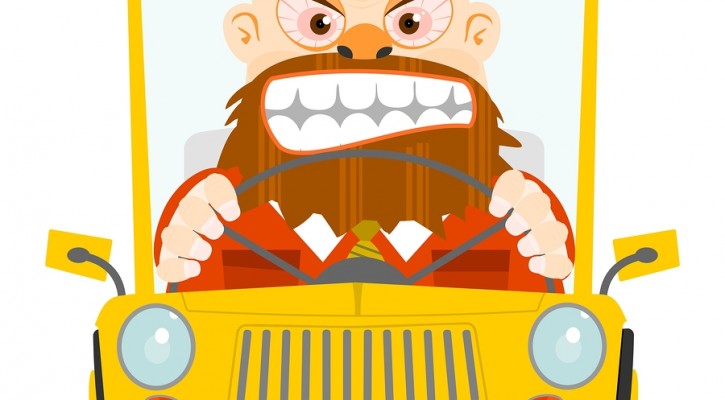
Don’t Be a Menace: The 5 Worst Driving Habits
June 29, 2014
Kindness is contagious, but so is road rage. Don’t start a road rage rampage by committing one of the 5 Worst Driving Habits:
- Tailgating. There’s never, ever, ever a good reason to ride someone’s bumper. If you’re driving faster than the person in front of you, then pass them. If you can’t pass them right away, stay a safe distance behind until it is clear to pass. By riding their bumper, not only are you driving dangerously, but you are also blocking your own view of the road ahead. Also, you are most likely infuriating the other driver, which will only make them drive slower to spite you.
- Turning/Merging Without Blinkers. There is this handy lever by your steering wheel – it controls the blinkers – and it’s there to let other drivers know when you’re about to turn or merge. USE IT! Use it when you’re changing lanes. Use it when you’re turning right. Use it when you’re turning left. Use it when you’re merging. Use it when you’re exiting. Use it when you’re planning on turning left at the stoplight. Don’t be shy. Blinkers are one of the only ways for cars to communicate with each other, so use them.
- Cutting People Off in Traffic. There’s no need to cut off another vehicle in traffic. Being one car ahead isn’t going to drastically change your commute time. If you can’t pass someone safely, then don’t pass them at all.
- Driving Too Slow. Driving 40 mph on a 70-mph highway isn’t just annoying – it’s dangerous. It’s also illegal, depending on the speed of traffic and your own state’s laws.
- Left Lane Cruising. The left lane is for passing. Period. When cars stay in the left lane and drive at the same speed as the rest of traffic, they create congestion behind them. So if you’re not passing someone, then you shouldn’t be in the fast lane.
Let’s make the world a more peaceful place by driving like the safe, responsible, respectful people we are. When everyone has good highway etiquette, everyone wins. Traffic flows smoothly, kindness wins over road rage, and the backdrop fills with sunshine, bunny rabbits and rainbows.
Distracted Driver Survival: RIDE LOUD!!!
June 27, 2014
One of the best tips for Distracted Driver Survival: Ride as if you are invisible. The reason this is such great advice is that most drivers DO NOT SEE YOU. Whether they are distracted, inattentive or just happen to have you in a blind spot, car and truck drivers often fail to notice motorcycles on the road.
That’s why today’s Distracted Driver Survival tip is to RIDE LOUD! Wear loud (aka bright) clothes and gear, use the horn when necessary, and don’t be afraid to give the throttle a little love. Don’t be obnoxious – in fact, some cities actually have noise restrictions for motorcycles – but don’t ride quietly, either.
There are some very innovative ways to ride loud these days. For instance, many people use bright LED lights for night riding. These bad boys are just too cool not to be noticed:
Day or night, a loud motorcycle horn can be a lifesaver. The Banshee Horn is sure to make your presence known:
FUN FACT: Wikipedia defines Banshee as: (“woman of the barrows“) a female spirit in Irish mythology, usually seen as an omen of death and a messenger from the underworld
Be sure to check with local law enforcement before trying out these more creative ways of riding loud. Every city has different restrictions.
However, you can always #ridesafe by wearing bright-colored gear, riding a bright-colored motorcycle, and using the lights and sounds already available on any standard bike. The important thing is that you make your presence known.
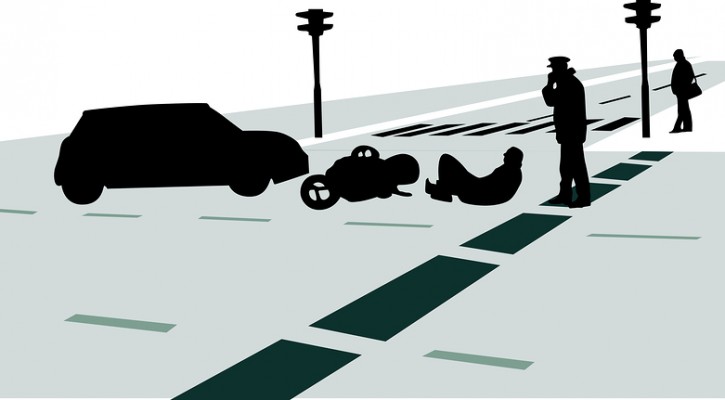
Common Motorcycle Accidents and How to Avoid Them
June 26, 2014
This post from The Bike Club is a must-read for all you motorcyclists out there. Not only do they start off on a positive note – like the fact that while bikes might make you more vulnerable, they also give you better tools for accident avoidance – but they continue the piece with some excellent advice. Each of these common motorcycle accidents are completely avoidable, especially if you are prepared to deal with the situation properly.
Knowing these motorcycle safety tips is essential for any rider’s survival, and the included video crashes really bring the whole picture to life. This is a post not to be missed:
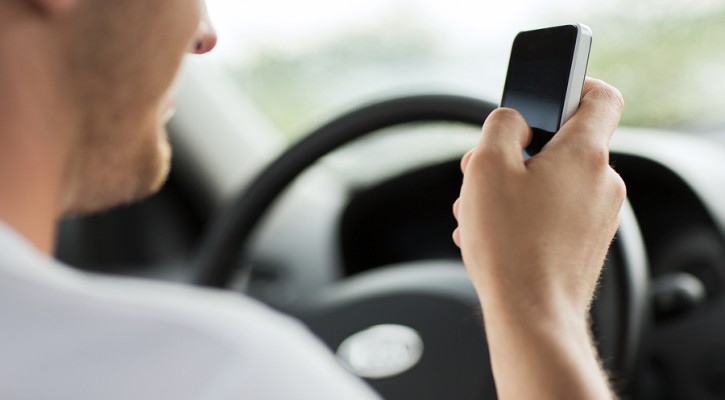
Distracted Driver Survival: Overwhelming Odds of Texting While Driving
June 25, 2014
Chances are, you will ride past many distracted drivers today. In fact, the laws of probability just about guarantee it.
We have some stunning numbers to share with you. Numbers that will shed light on the whole texting-while-driving issue:
- 82% of drivers 16 to 24 said they have texted while driving
- 85% of young adults who text while driving agree that texting is a problem
- 77% of young adult drivers are somewhat to very confident they can safely text while driving
With statistics like these, motorcyclists better be ready. Know that the odds are against you, and that you have very little chance of riding anywhere without encountering someone texting while driving.

